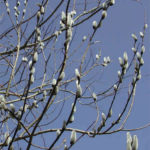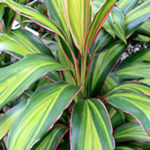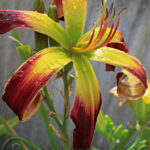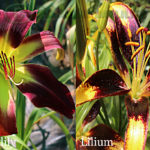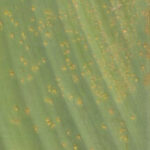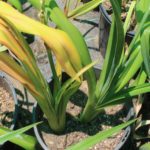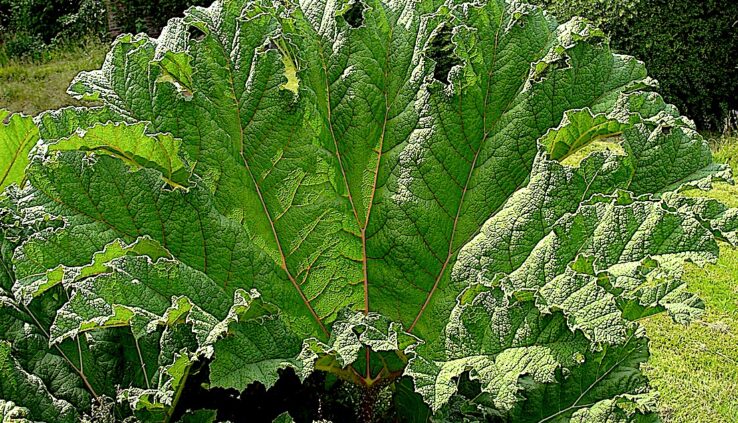
Gunnera Giant Rhubarb Plant – What New Owners Need To Know
Know About Gunnera manicata or Ornamental Giant Rhubarb
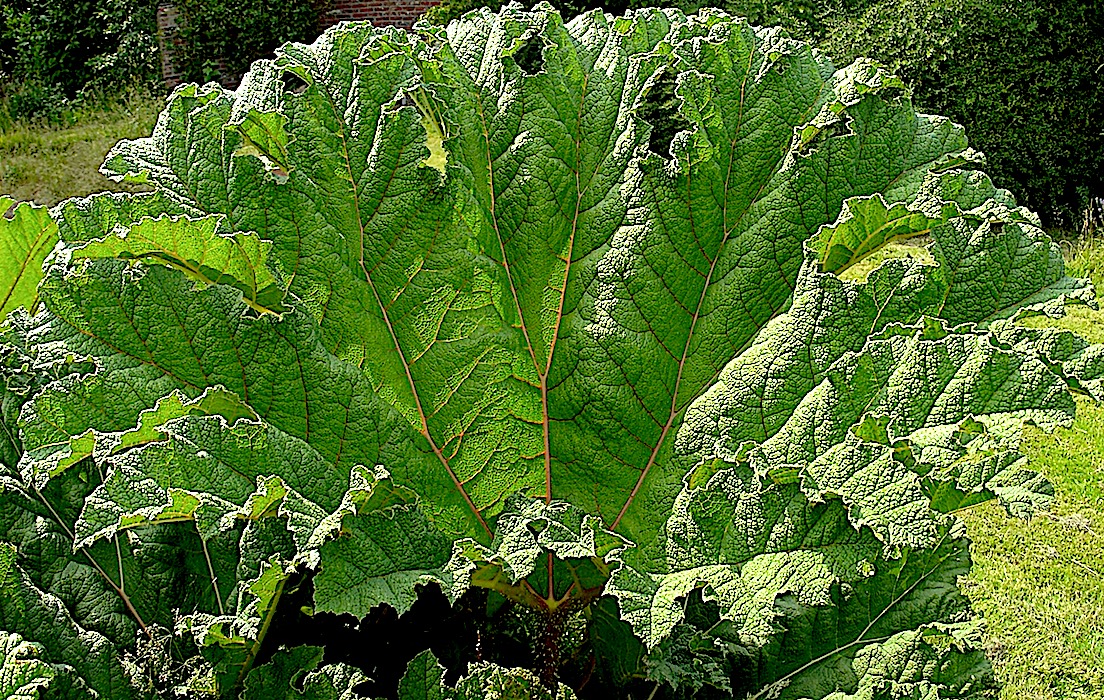
Plant Description
Gunnera manicata is also known as Chilean Rhubarb it belongs to Gunneraceae family. The plant originally comes from South America. This is a massive clump forming herb. It grows from stout rhizomes and has huge wrinkled and rough leaves with 5 to 7 lobes. The average leaf size is 80cm x1m. The leaves are produced on sturdy stalks and have raised veins on the underside. These herbaceous perennials have small flowers which are borne on narrow spikes. The flowers are followed by berry-like reddish fruit. The leaves and stalks and rhizomes have red coloured prickles. They are considered highly invasive as they form large colonies which suppress the growth of native vegetation. The owners of this plant need to know that the ornamental giant rhubarb produces more than 250,000 seeds within a year and the rhizomes also spread rapidly. This makes it difficult to control the weed if the seed escapes backyards in Queensland Australia to bushland and wetland areas nearby.
How To Grow Gunnera manicata Plants
Gunnera manicata grows in full sun or in partial shade in areas with moist and humus rich soil.
The plant needs protection from the chill dry winds.
It needs great care to prevent it from invading the garden.
They grow well in coastal cliffs, rivers and stream banks, wetlands, and forest edges anywhere where moisture and sun are available.
The plants require clayey or loamy soil with neutral, acid or alkaline pH.
During extreme winter, the crowns need protection in the form of mulching.
This plant is suitable for cottage or informal garden or courtyard gardens and large country gardens.
How To Take Care Of Gunnera manicata Plant
- Keep the plant well watered and supply the plant with lots of compost and organic material while planting.
- As the plant shows heavy growth, it requires a proper feed. Apart from providing fertiliser while planting, feed them with an all purpose fertiliser at least twice in the growing season.
- It is better to cut back the giant rhubarb plant after flowering to control the growth and prevent invasion by seed formation.
- The plant can regenerate from the rhizome, leaf cuttings, and root fragments and hence regular cutting back is necessary to prevent more plants from developing.
- Gunnera can get damaged by frost during winter.
- It is better to cut back the plant before winter and pile them on the crown to provide insulation from cold. This plant is generally untroubled by pests and is disease free.
How to Propagate Gunnera manicata Plant
Though division is the easy way to propagate these rhizomatous plants, it will be difficult to divide the large Gunnera plant. You can cut a small portion from the crown of the plant during spring and plant it a good 10 feet away from other plants. Another way is to grow and propagate from seed.
How to Plant Gunnera manicata from Seed
- Sow the seed fresh once it is fully ripe in pots so that the seed makes contact with the top of the soil keeping it damp.
- Germination of the Gunnera plant is relatively fast from 12 days up to two months.
- Transplant singerly into larger pots when the plantlets have 2 leaves and keep them in a dappled shaded area or in a shade house.
- Plant Gunnera plant early spring into the garden once the frost has ended.
- Keep the plant well watered.
- Within two years your gunnera plants will be close to full size.
How Can the Plant Become a Problem?
Giant ornamental rhubarb can threaten the biodiversity of the area by colonising it. The invasion by the plant can block the drainages and water runoff causing floods.
Management and eradication of the plant require years of effort as re-growth and seedling germination can retard the process.
How To Get Rid Of This Plant?
- To get rid of invasion, pull out the seedlings all through the year.
- Remove the flower spikes and dispose of them properly.
- Remove all fragments of rhizomes, flowers and seed heads and dispose of them carefully.
- Spray Glyphosate on the enormous leaves.
You may want to grow the smaller form Gunnera Tinctoria – this is a more compact version that grows into a clump.



